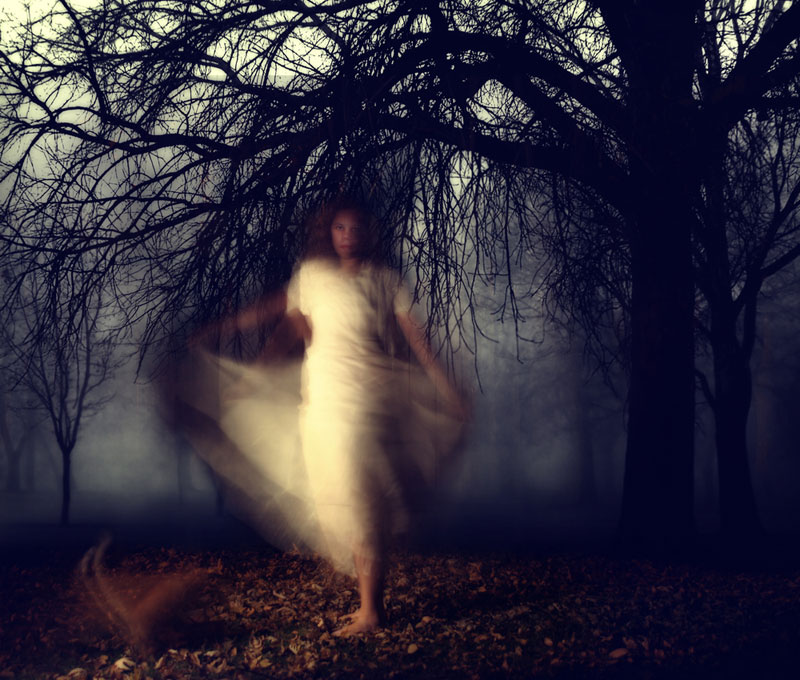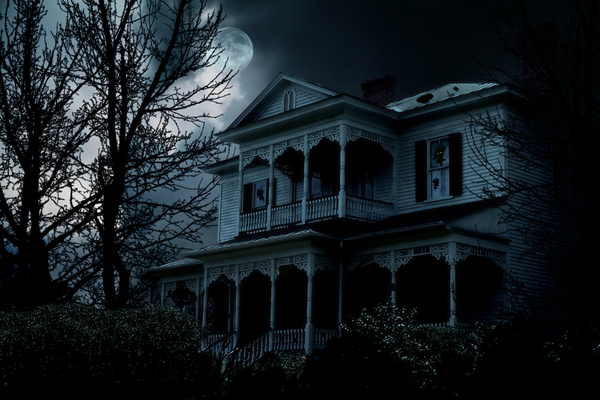The World's Greatest Hoaxes

Great Hoaxes

The 2009 story of the "Balloon Boy" — the 6-year-old whose family claimed he had climbed aboard a homemade balloon, triggering a nationwide police search — has been officially declared a hoax.
It seems that this stunt was done for publicity, though the motives for creating a hoax are as varied as the hoaxers themselves. Some do it for fun or profit; others to make a social statement; still others pull hoaxes for no clear reason.
History is filled with great hoaxes — "great" meaning important or influential, not necessarily smart or beneficial. Here are some of the most remarkable and curious hoaxes of all time:
Raelians

In 2004, a religious sect called the Raelians claimed that a group of their scientists had created the world's first human clone, a seven-pound baby girl named Eve. The ultimate goal, according to leader Rael (who claims to have descended from extraterrestrials), was to achieve immortality. The announcement was met with widespread public condemnation and skepticism among scientists, while President George W. Bush called for a ban on human cloning. The claim was eventually exposed as a publicity stunt when the group failed to produce evidence of the experiments — or the cloned child. [Top 10 Crazy Cults]
Mary Toft's bunny births

In 1726 England, a young woman named Mary Toft told a neighbor that she had been sexually assaulted by a huge rabbit while weeding a nearby field. Her story was dismissed as a bizarre delusion until six months later a doctor was called to her bedside. According to his published report, the woman gave birth to five bunnies! While news of the strange birth spread throughout England and Europe, Toft gave birth to a few more rabbits, astounding many learned men of the day. Eventually skeptical investigators exposed her, and she confessed to having her husband secretly hide bunnies in her bedsheets, whereupon she would further secrete them in what was euphemistically called the "dumb oracle."
Crazy for crop circles

Though many people believe that crop circles have been reported for centuries, in fact they only date back about thirty years. The mysterious circles first appeared in the British countryside, and their origin remained a mystery until September 1991, when two men, Doug Bower and Dave Chorley, confessed that they had created crop circles for decades as a prank to make people think UFOs had landed. They never claimed to have made all the circles-- in fact many were copycat hoaxes done by others-- but their hoax was responsible for launching the crop circle phenomena. [Photos of Mysterious Crop Circles]
Laughing at the ivory tower

When well-respected physicist Alan Sokal submitted an article titled "Transgressing the Boundaries: Toward a Transformative Hermeneutics of Quantum Gravity" to "Social Text," a leading journal of cultural studies, the piece was accepted without question. The article, in 1996, was in fact filled with academic jargon and nonsensical, pseudointellectual gibberish, a parody of post-modernism and philosophical relativism. "I intentionally wrote the article so that any competent physicist or mathematician (or undergraduate physics or math major) would realize it was a spoof," Sokal said. The journal's editors didn't, and Sokal's hoax exposed an Ivory Tower emperor without clothes.
Get the world’s most fascinating discoveries delivered straight to your inbox.
Tawana Brawley incident

In 1987 America was riveted to the story of a young black girl named Tawana Brawley, who said she had been gang-raped by six white men, including several police officers. Rev. Al Sharpton and others fanned racial tensions and accused police of a cover-up. The following year, following an extensive investigation (and revelations about contradictions in Brawley's story), a grand jury concluded that the girl had hoaxed the incident. A New York prosecutor successfully sued both Brawley and Sharpton for defamation.
Amityville horror

In 1974, six members of an Amityville, New York, family were killed by their youngest son, Butch DeFeo. The following year George and Kathy Lutz and their three children moved into the home, and soon, they claimed, they were supernaturally attacked by a demonic ghost or spirit. They collaborated with novelist Jay Anson, who embellished their tale, and the story was soon adapted into a screenplay for the hit film "The Amityville Horror." Investigators, skeptical of their claims, were proven correct years later when DeFeo's lawyer admitted that he and the Lutzes made up the whole thing, and all profited handsomely from the hoax.



